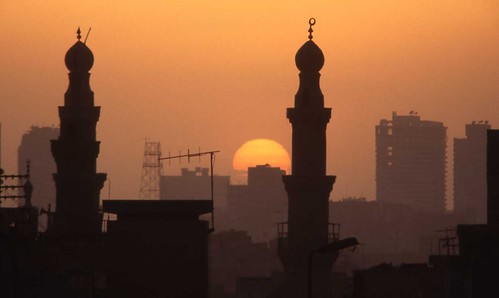The advent of 2007 marks the year when, for the first time in the history of humanity, half the world’s population will be living in cities. Urban populations are expected to increase by 1.5 billion over the next 20 years, while the number of megacities will double. By 2015 the UN predicts that there will be 358 "million cities" with one million or more people and 27 "mega-cities" with ten million or more. Much of this growth will happen in developing countries.
The scale and pace of urbanization is opening up unforeseen possibilities. Large concentrations of people and goods provide increased opportunities for creativity, larger labor markets, and higher levels of productivity, not to speak of the cultural and political opportunities associated with urban life. Urban explosion also poses daunting challenges. It can result in unemployment and insufficient investment in basic services with the resulting environmental and social problems.
This paper discusses some of the challenges associated with urbanization in developing countries. It uses examples from industrialized countries to extract useful insights. We begin by discussing how globalization impacts city management and continue with five specific aspects of urban growth: Metropolitan management, urban growth and environmental impact, urban development in disaster-prone sites, Property rights vs. public appropriation, and urban development added value and institutional strengthening. We conclude by summarizing the future challenges of urban planning/management in developing countries.
The scale and pace of urbanization is opening up unforeseen possibilities. Large concentrations of people and goods provide increased opportunities for creativity, larger labor markets, and higher levels of productivity, not to speak of the cultural and political opportunities associated with urban life. Urban explosion also poses daunting challenges. It can result in unemployment and insufficient investment in basic services with the resulting environmental and social problems.
This paper discusses some of the challenges associated with urbanization in developing countries. It uses examples from industrialized countries to extract useful insights. We begin by discussing how globalization impacts city management and continue with five specific aspects of urban growth: Metropolitan management, urban growth and environmental impact, urban development in disaster-prone sites, Property rights vs. public appropriation, and urban development added value and institutional strengthening. We conclude by summarizing the future challenges of urban planning/management in developing countries.
 |
| Cairo, Egypt, by 无忌 王伟 |
more about urban planning in developing countries:
No comments:
Post a Comment